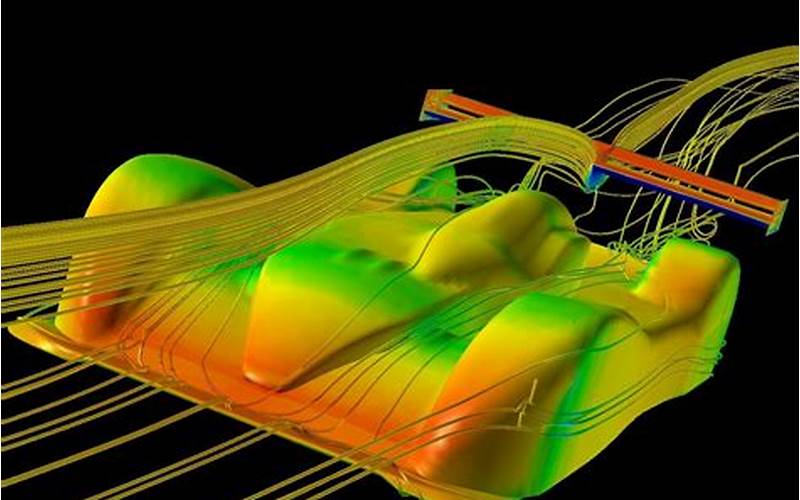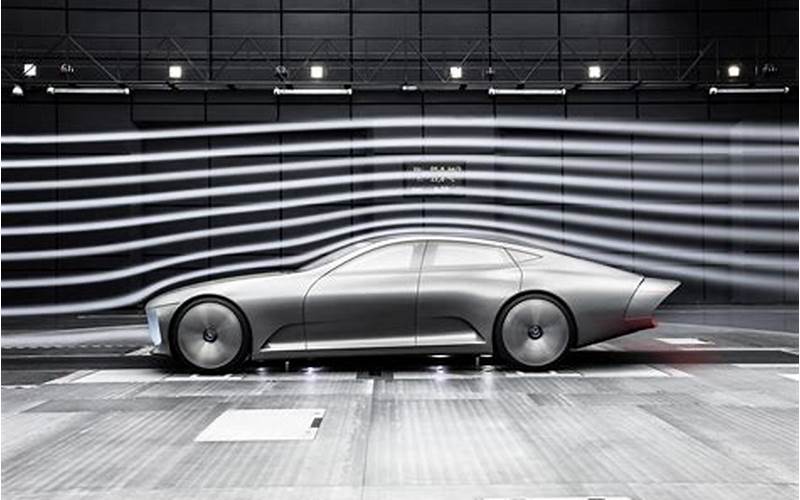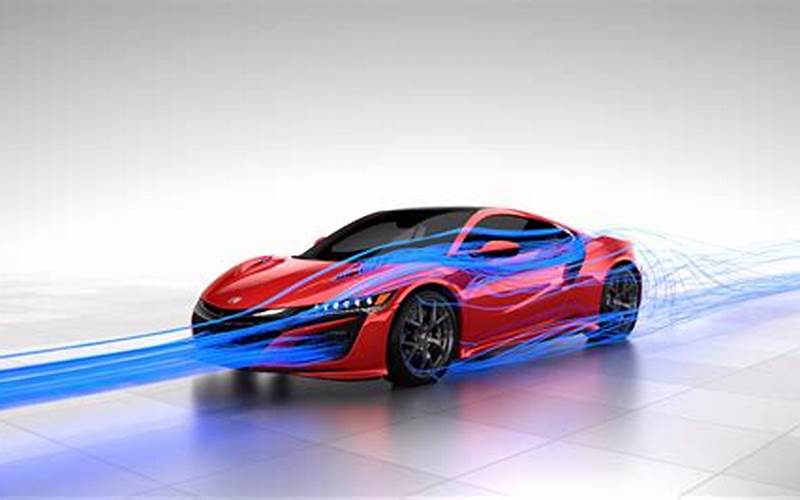Sports cars are admired for their beauty, speed, and performance. One of the key factors that affect the performance of a sports car is its aerodynamics. Aerodynamics is the study of how air interacts with objects in motion, and it plays a crucial role in the design of sports cars. In this article, we will explore how the design of sports cars affects their performance and how aerodynamics plays a crucial role in achieving high performance.
Contents
- 1 What is Aerodynamics?
- 2 The Importance of Aerodynamics in Sports Cars
- 3 The Components of Aerodynamics in Sports Cars
- 4 The Role of Wind Tunnels in Aerodynamics
- 5 The Effect of Drag on Sports Cars
- 6 The Effect of Lift on Sports Cars
- 7 The Effect of Downforce on Sports Cars
- 8 The Relationship Between Aerodynamics and Performance
- 9 The Future of Aerodynamics in Sports Cars
- 10 Conclusion
What is Aerodynamics?

Aerodynamics is the study of how air flows around an object in motion. It involves the study of the forces of air, such as lift, drag, and downforce. In the design of sports cars, aerodynamics plays a crucial role in achieving high performance. A car that is designed to be aerodynamic experiences less air resistance, which allows it to move faster and more efficiently.
The Importance of Aerodynamics in Sports Cars
The importance of aerodynamics in sports cars cannot be overstated. Sports cars are designed to go fast, and the design of the car plays a crucial role in achieving high speeds. The more aerodynamic a car is, the less air resistance it experiences, which allows it to go faster. In addition, aerodynamics also plays a role in handling and stability. A car that is designed to be aerodynamic will have better stability at high speeds, which makes it easier to handle.
The Components of Aerodynamics in Sports Cars
The components of aerodynamics in sports cars include the shape of the car, the angle of the body, the size and shape of the spoiler, and the placement of the wheels. Each of these components plays a crucial role in achieving high performance. The shape of the car is designed to reduce air resistance and create downforce, which improves stability at high speeds. The angle of the body is also designed to reduce air resistance and create downforce. The size and shape of the spoiler are designed to reduce lift and increase downforce, which improves stability at high speeds. The placement of the wheels is also designed to reduce air resistance and improve stability.
The Role of Wind Tunnels in Aerodynamics
Wind tunnels play a crucial role in the design of sports cars. A wind tunnel is a machine that simulates the flow of air around an object in motion, such as a sports car. By using a wind tunnel, designers can test different designs and components to see how they affect the performance of the car. This allows them to make changes to the design before the car is built, which can save time and money.
The Effect of Drag on Sports Cars
Drag is one of the forces of air that affects the performance of a sports car. Drag is the force that opposes the motion of an object through the air. The more drag a car experiences, the slower it will go. In the design of sports cars, reducing drag is a key consideration. The shape of the car and the angle of the body are designed to reduce drag and improve performance. The use of spoilers can also help to reduce drag.
The Effect of Lift on Sports Cars
Lift is another force of air that affects the performance of a sports car. Lift is the force that lifts an object up into the air, and it can be a problem for sports cars that are designed to stay on the ground. The shape of the car and the angle of the body are designed to reduce lift and improve stability at high speeds. The use of spoilers can also help to reduce lift and improve stability.
The Effect of Downforce on Sports Cars
Downforce is the force that pushes a car down onto the ground, and it is a crucial factor in the design of sports cars. Downforce improves stability at high speeds and allows a car to take corners at higher speeds. The size and shape of the spoiler are designed to create downforce and improve performance. The angle of the body is also designed to create downforce.
The Relationship Between Aerodynamics and Performance
The relationship between aerodynamics and performance in sports cars is clear. The more aerodynamic a car is, the faster it can go and the better it will handle. Aerodynamics is a key factor in the design of sports cars, and designers spend a lot of time and money testing different designs and components in wind tunnels to achieve the best performance possible.
The Future of Aerodynamics in Sports Cars

The future of aerodynamics in sports cars is exciting. As technology advances, designers will have more tools at their disposal to create even more aerodynamic designs. For example, computer simulations can now be used to test different designs and components before a car is built. This can save time and money and allow for even more precise designs. In addition, new materials are being developed that can improve the aerodynamics of cars even further.
Conclusion
In conclusion, aerodynamics plays a crucial role in the design of sports cars. The shape of the car, the angle of the body, the size and shape of the spoiler, and the placement of the wheels all play a role in achieving high performance. Wind tunnels are used to test different designs and components, and reducing drag, lift, and improving downforce are key considerations. The relationship between aerodynamics and performance in sports cars is clear, and the future of aerodynamics in sports cars is exciting.

